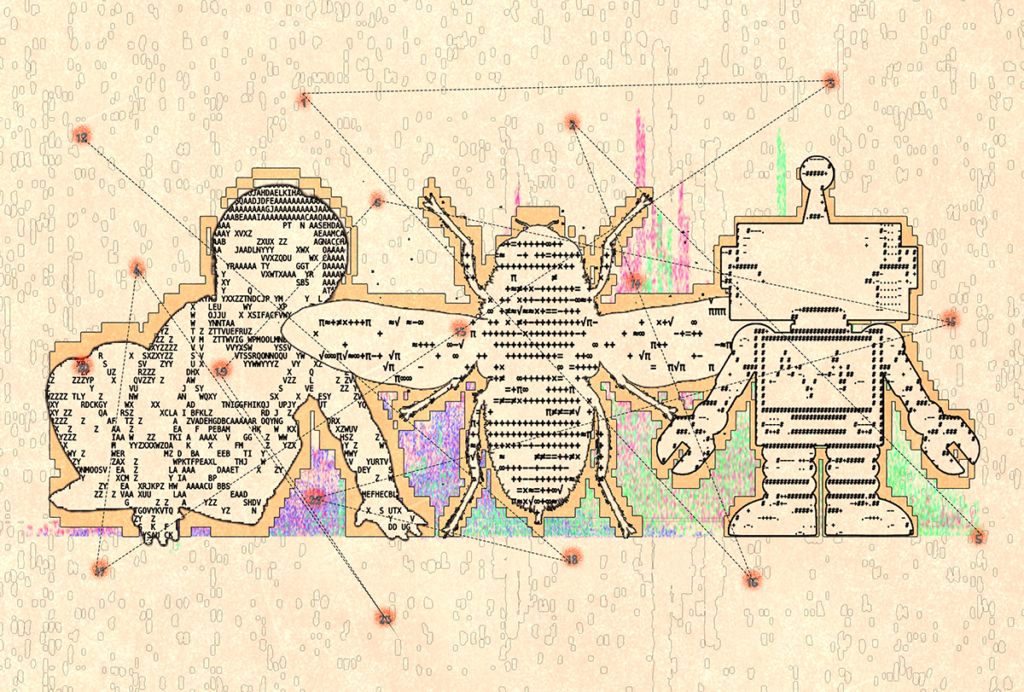
Online tool can mix, match gene expression data
A new resource helps biologists easily mine large troves of information about when and where genes are expressed.
A new resource helps biologists easily mine large troves of information about when and where genes are expressed.
The platform, described 20 June in Nature Biotechnology, is an entree to an online repository called Gene Expression Omnibus (GEO). This repository contains data from more than 26,000 studies of people and mice1.
Researchers can use these data to boost their sample sizes or answer new scientific questions. For example, they could reanalyze data from studies identifying gene expression patterns unique to people with autism to determine the influence of sex and gender.
But downloading, pooling and crunching data from multiple studies can be difficult for biologists with limited computational and statistical expertise.
The new tool, called OMics Compendia Commons (OMiCC), streamlines these tasks. Researchers can use the software to search GEO for a particular term, such as ‘autism.’ They can annotate each gene expression profile with details such as the tissue of origin and any relationship to a condition or treatment. They can also save these labels within OMiCC for others to use.
Researchers can then use the tags to slice and dice the data from their sort in new ways and compare the results to similar analyses from other studies — in effect, performing their own meta-analyses.
In the new study, the team used OMiCC to analyze data from eight studies. They identified differences in gene expression between people with two types of inflammatory bowel disease and controls.
The OMiCC platform includes a series of how-to videos and a tutorial.
References:
- Shah N. et al. Nat. Biotechnol. Epub ahead of print (2016) PubMed
Recommended reading
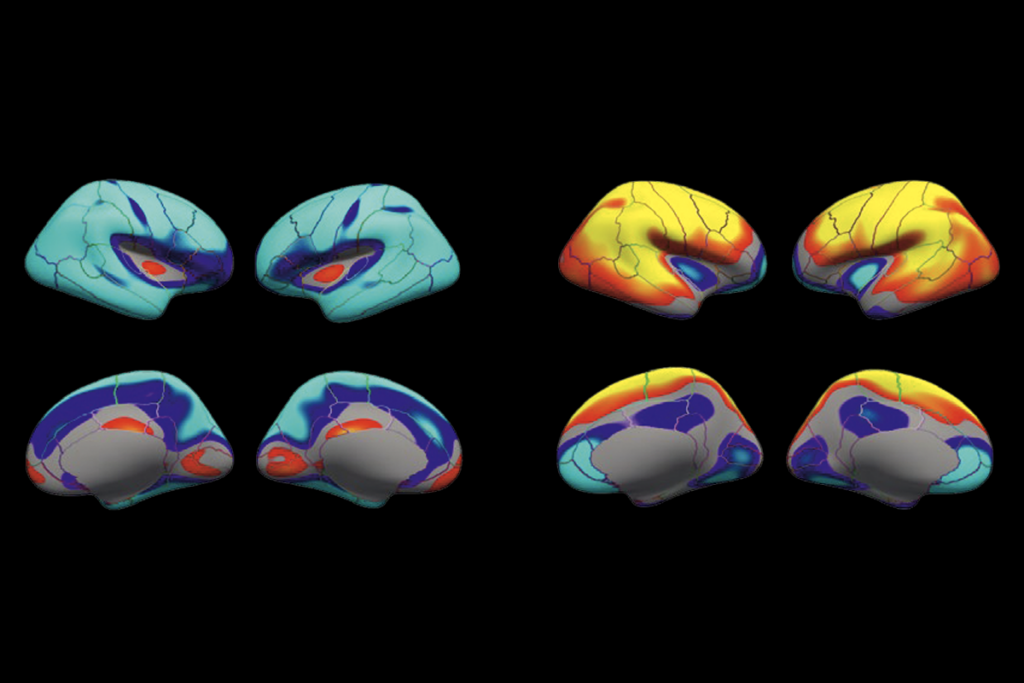
Poor image quality introduces systematic bias into large neuroimaging datasets
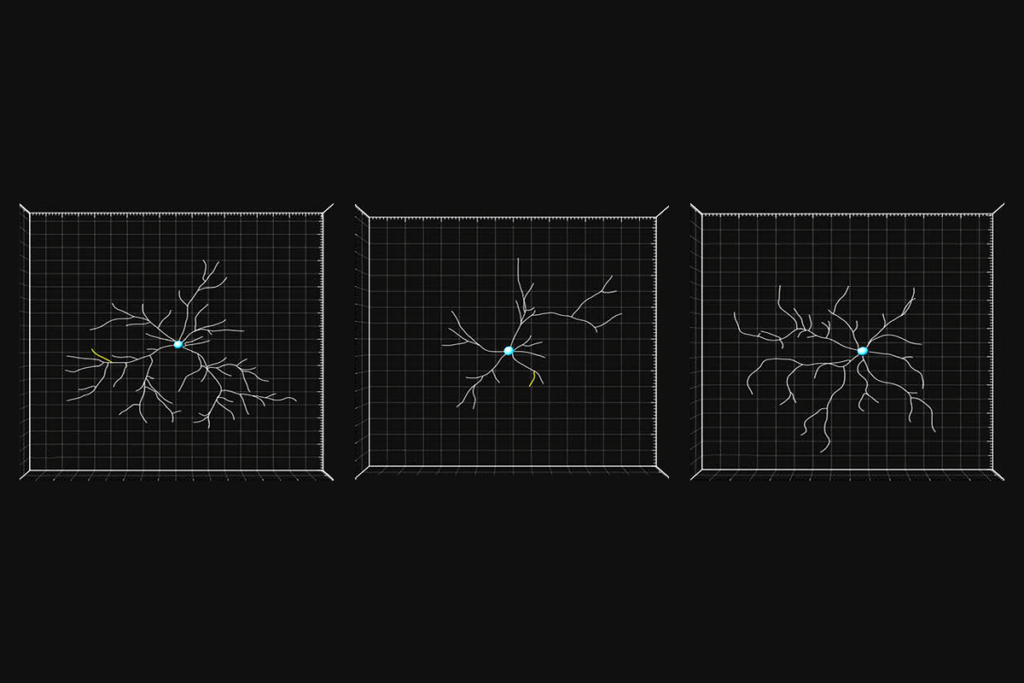
Probing the link between preterm birth and autism; and more
Cell ‘antennae’ link autism, congenital heart disease
Explore more from The Transmitter
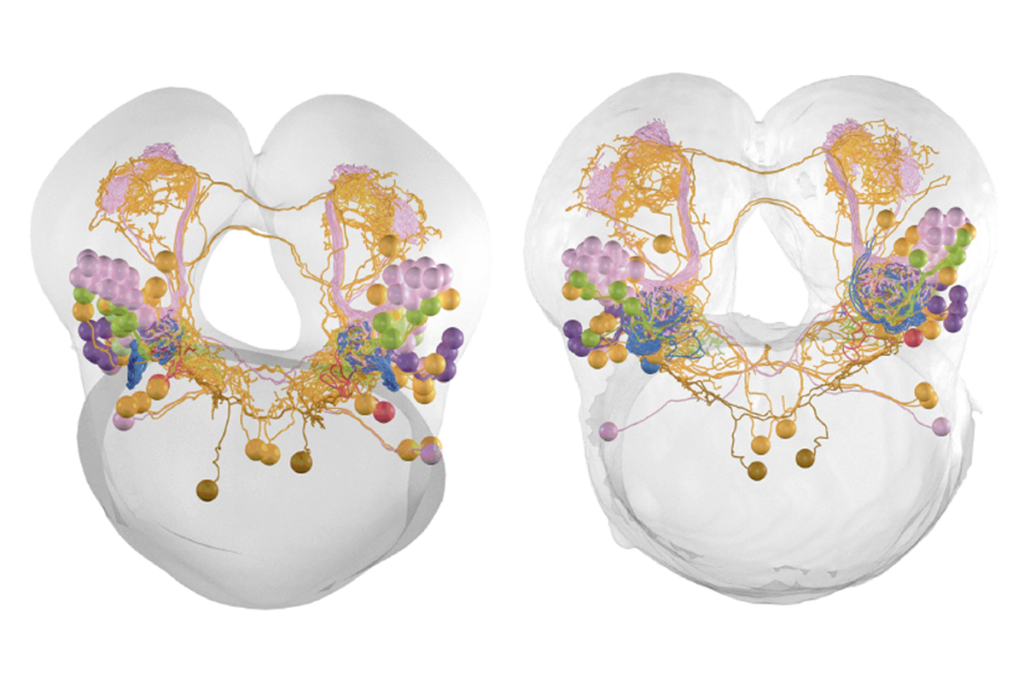
Cross-species connectome comparison shows uneven olfactory circuit evolution in flies
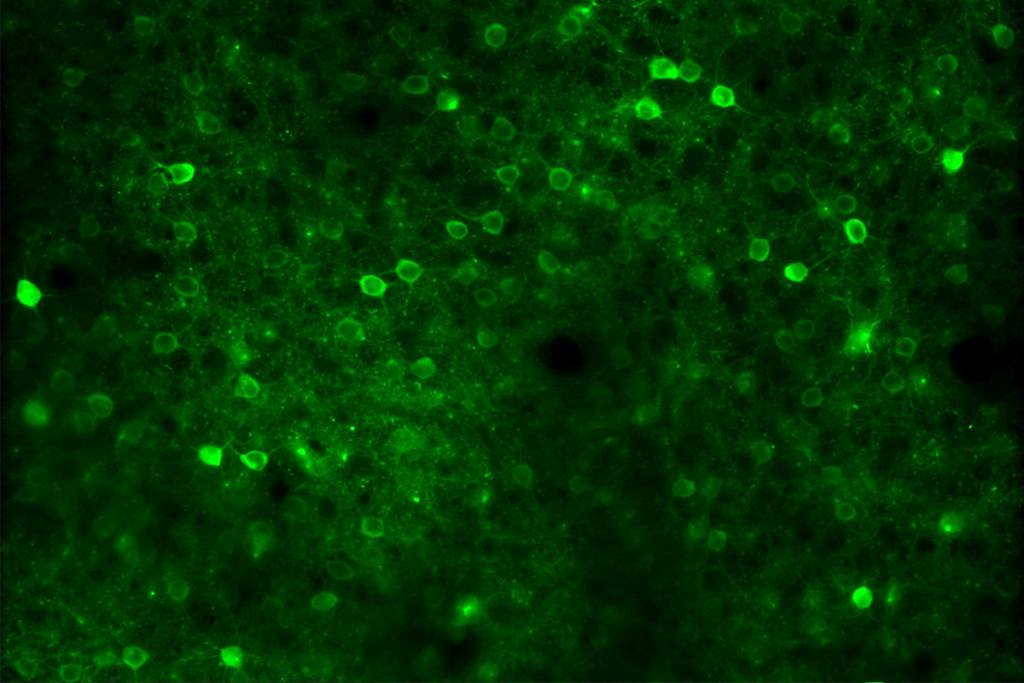
Null and Noteworthy: Downstream brain areas read visual cortex signals en masse in mice
